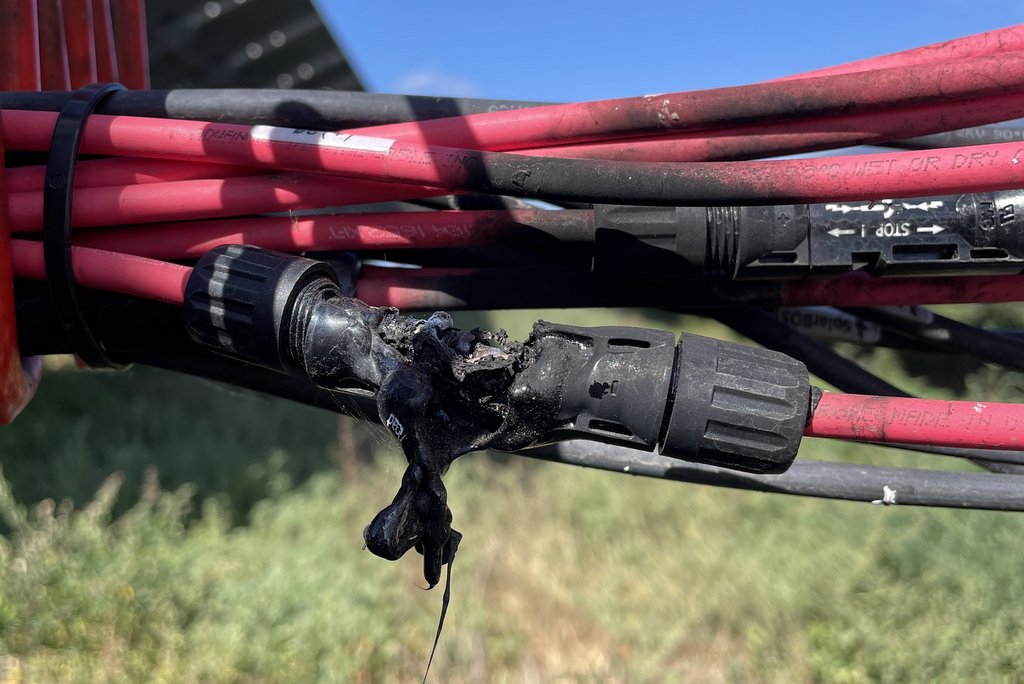AEE report identifies how solar energy growth clashes with government projections
The effect of these misperceptions can be seen in some responses to the CPP, which identified renewable energy and energy efficiency as two key sources of emission reduction in the electric power sector. Comments submitted to EPA by several states questioned their ability to develop sufficient renewable energy or to achieve energy efficiency gains on a cost-effective basis beyond what they were getting already. In modeling the impacts of the CPP, the North American Electric Reliability Corp. (NERC) projected no incremental increase in energy efficiency and little additional investment in renewable energy in response to the CPP, treating a large-scale build-out of new natural gas generating capacity as the only way states could meet CPP targets.
From the report:
This underestimation of RE growth is nothing new. AEO 2010 projected that the solar market would grow from about 2.5 GW in 2010 to about 13 GW in 2030, yet the solar market surpassed this level in 2014. Similarly, AEO 2010 projected that the wind market would grow from about 40 GW in 2010 to 69 GW by 2030, but with 8-10 GW of new wind power expected in 2015, installed capacity will reach about 75 GW by year’s end. As these examples show, AEO forecasts are consistently off by a wide margin, always underestimating – and never overestimating – future deployment of renewables. Such persistent inaccuracy is indicative of a more fundamental problem in understanding the dynamics of growth for these technologies, as well as constraints on how the EIA is required to conduct its modeling.
Comparing market realities to projections for energy efficiency is more challenging. To quantify EE, you need to measure something that was avoided, namely the energy that would have been used absent the energy efficiency measures. Still, official projections are inconsistent with trends in EE implementation and the impact of efficiency improvements on electricity consumption. The trend in overall electric demand growth has been consistently downward in recent years, in parallel with the rise in EE spending, which more than tripled from 2005 to 2013. Retail electricity sales have also been flat to slightly declining since 2010, even as the economic recovery gained momentum and the U.S. economy grew about 9% in real terms from 2010 to 2014. Yet the AEO 2015 projection shows future demand growth steady at a little less than 1% per year out to 2040, apparently discounting the potential, or likelihood, that EE improvement – through investment and innovation – would continue to reduce demand growth in the coming years.
The AEE Institute report shows that both renewable energy and energy efficiency are competitive in electricity markets today, can be expected to grow in the future, and can play a significant role in state compliance plans for the CPP, while holding costs down.
Based on data from Lazard, a financial advisory and asset management firm, the report notes that the levelized cost of electricity (LCOE) for utility-scale wind and solar power has declined by 58 percent and 78 percent, respectively, from 2009 to 2014, such that these technologies are increasingly competitive. Solar PPAs, which provide utilities with peaking power, have declined from $125-$150/MWh in 2008 to current levels of $50-$75/MWh.
Utility renewable energy purchases that were once driven primarily by state policies (e.g., renewable portfolio standards) are now increasingly made based on economics. In Texas, Austin Energy signed a 20-year contract in 2014 for 150 MW of solar energy at a price estimated at less than $50/MWh. In 2013, American Electric Power (AEP) bought three times more wind power in Oklahoma than it originally intended because of its value to ratepayers.
Even as renewable energy resources become increasingly cost-competitive, energy efficiency investments cost less than the electricity generation they replace. Utility-run energy efficiency programs are approved by state regulators only if benefits exceed costs. Lawrence Berkeley National Laboratory estimates the U.S. average “total cost of saved energy” for customer-funded utility programs at $46/MWh, based on an analysis of programs in 20 states over a five-year period. This is less than half the average cost of retail power in the United States. Similarly, energy service companies (ESCOs) serving institutional, commercial and industrial markets use a financing model whereby energy savings pay for energy efficiency investments over time. By definition, these projects must be cost effective in order to generate the cash flow that makes them financially viable.
The report concludes:
“There is every reason to believe that [renewable energy] and [energy efficiency] will continue to play an increasing role in our changing electric power system strictly on the basis of the economic value they provide. In addition, as states consider ways to comply with EPA’s Clean Power Plan between now and 2030, RE and EE measures will be competitive with other options and available to provide substantial emission reduction opportunities.”





